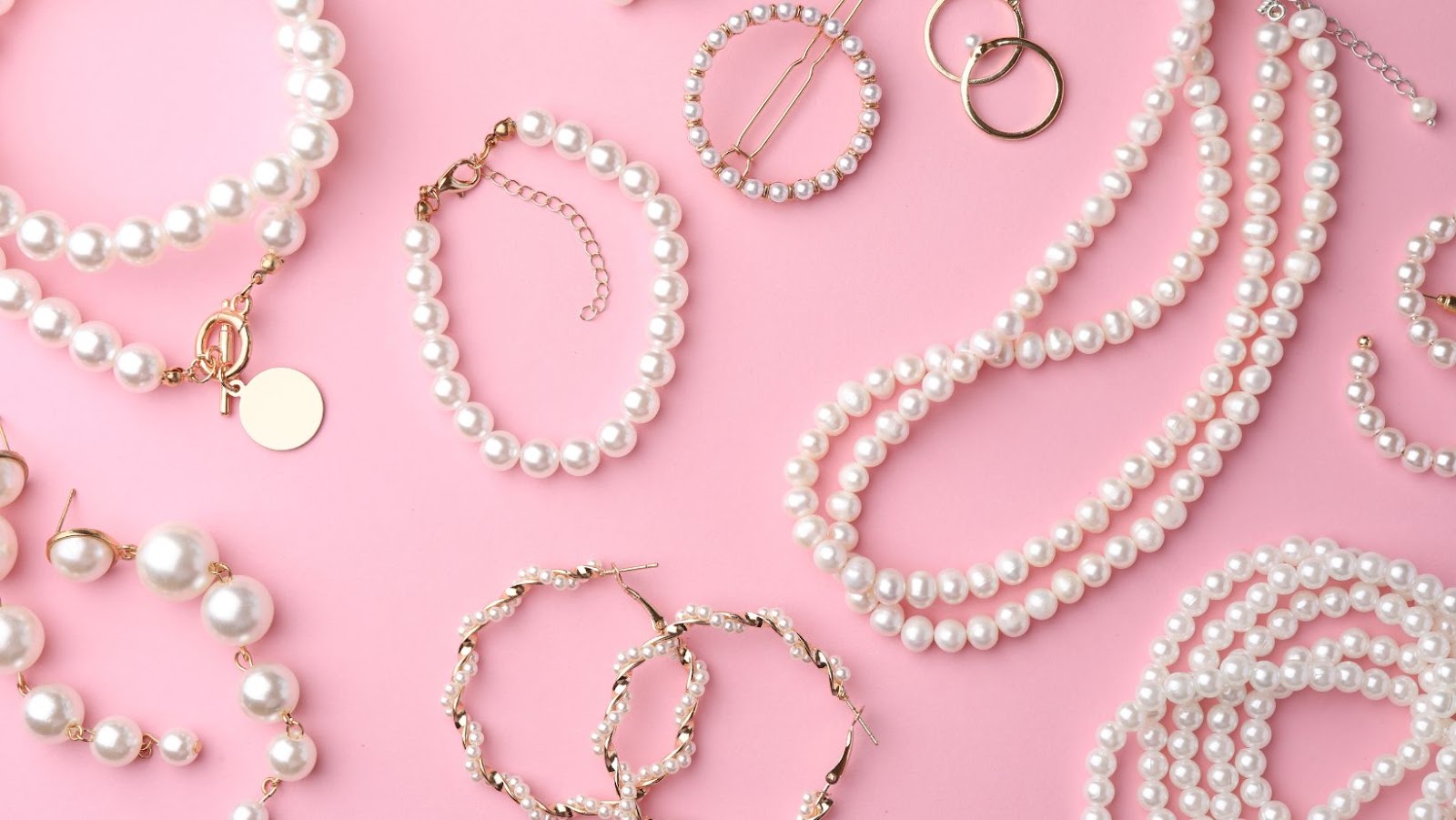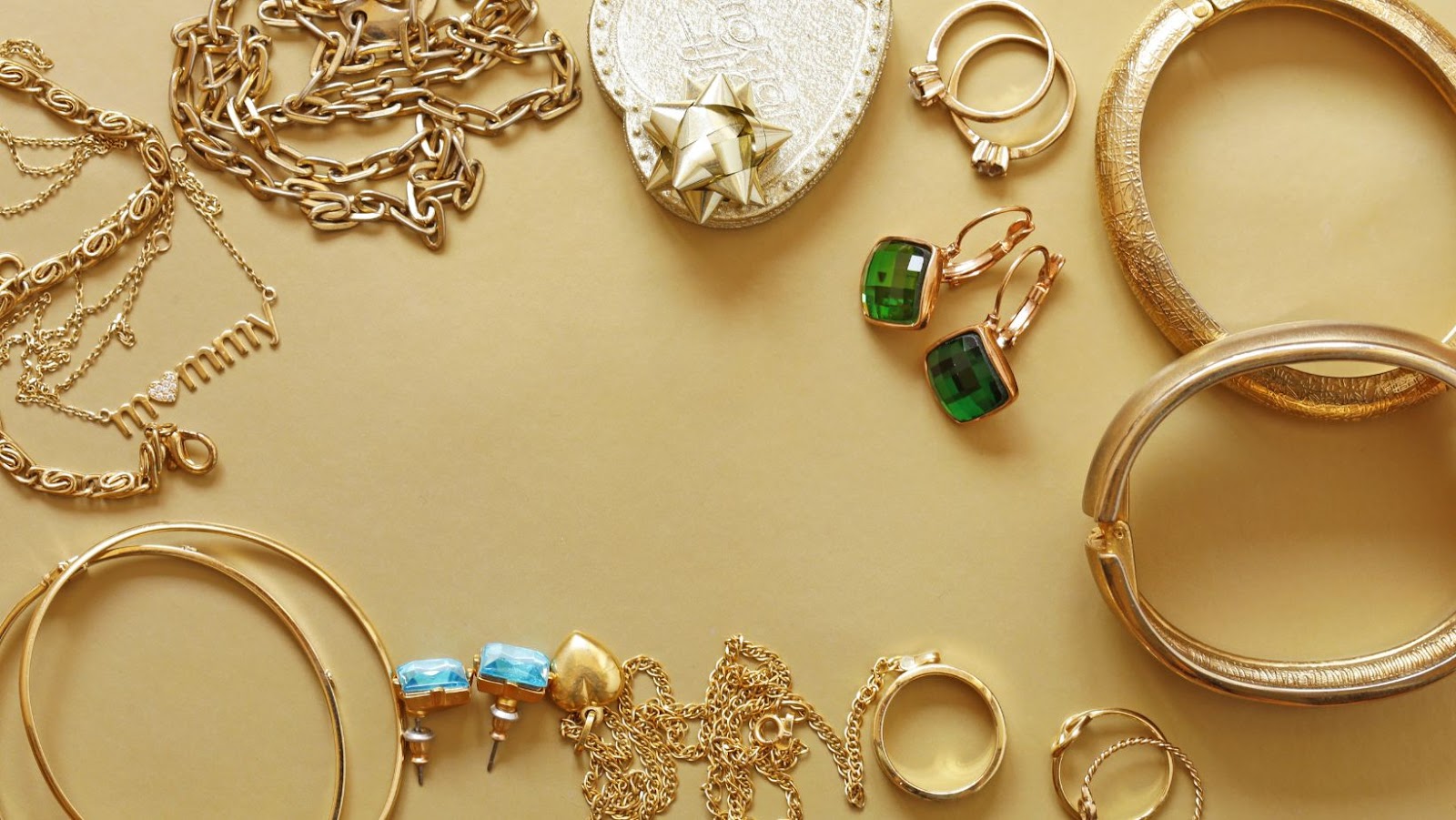Investing in jewelry isn’t just about owning beautiful pieces; it’s also a strategic way to diversify your portfolio. As markets fluctuate, tangible assets like gold, diamonds, and rare gemstones can offer stability and even appreciate over time. With the right knowledge, anyone can turn a love for fine jewelry into a savvy investment.
Understanding the nuances of the jewelry market is crucial. From identifying high-quality pieces to recognizing emerging trends, informed decisions can lead to significant returns. This article will guide you through essential tips for investing in jewelry, helping you make choices that blend aesthetic pleasure with financial gain.
Jewelry Investment Tips
Investing in jewelry requires knowledge of the market and the ability to identify valuable pieces. Jewelry can be a stable investment, but understanding its nuances is crucial.
Market Trends
Keeping up with market trends helps identify promising investments. Historical data shows a consistent demand for gold and diamond jewelry. Notable trends include a growing interest in rare colored gemstones like sapphires and emeralds.
Quality Identification
High-quality jewelry has better investment potential. Factors like gemstone clarity, carat weight, and craftsmanship influence value. Certification from reputable organizations, such as GIA or AGS, adds credibility. When assessing items, it’s important to look for hallmarks and maker’s marks.
Rarity and Demand
Rarity affects an item’s value. Pieces from well-known designers or limited editions often fetch higher prices. Historical significance or unique features also boost demand. For instance, heritage or vintage jewelry appeals to collectors and investors.
Maintenance and Storage
Proper maintenance preserves jewelry’s value. Routine cleaning, safe storage, and avoiding damage are essential. Use protective cases and avoid exposure to chemicals. Secure storage solutions like safes provide added protection. Regular professional appraisals ensure up-to-date valuations.
Liquidity Considerations
Liquidity is vital in jewelry investment. High-quality, well-maintained pieces with certification are easier to sell. Auction houses, private sales, and reputable dealers offer various selling options. Researching these avenues ensures favorable returns.
 How To Evaluate Jewelry Value
How To Evaluate Jewelry Value
Evaluating jewelry value is essential for successful investment. Understanding market trends and the quality of materials ensures wise purchase decisions.
Market Trends
Identifying current market trends helps investors make informed decisions. For instance, the demand for rare colored gemstones like Paraiba tourmalines has surged, increasing their value. Recognizing these trends allows investors to purchase items likely to appreciate. Staying updated on industry news, auction results, and expert opinions aids in foresight regarding profitable investments. Monitoring social media platforms and relevant publications ensures awareness of emerging styles and market shifts.
Quality Factors
Several quality factors determine a piece’s value. Gemstone clarity, color, carat weight, and cut significantly impact a gem’s worth. For example, diamonds with fewer inclusions often fetch higher prices. Precious metals’ purity, like 18k gold or platinum, also influences value. Craftsmanship reflects in the item’s design intricacy and durability. Renowned brands often exhibit superior quality, evidenced by their hallmark stamps or signatures. Acquiring jewelry with certification from reputable organizations like GIA or AGS validates its authenticity and value, essential for resale or appraisal purposes.
Ideal Practices For Jewelry Investment
Investing in jewelry requires attention to several best practices. Following these can optimize financial benefits while preserving the value and integrity of the pieces.
Authentication
Verify authenticity through certified documentation. Ensure the jewelry has certification from reputable organizations like GIA or AGS to confirm gemstone quality, metal content, and overall craftsmanship. Authentic pieces often come with certificates detailing these aspects, enhancing their investment potential.
Proper Storage
Store jewelry in a controlled environment to maintain its condition. Utilize climate-controlled safes or bank vaults to prevent damage from humidity or temperature fluctuations. Individual compartments or soft-lined cases can avoid scratches, tangling, and other physical harm, preserving both aesthetic and resale value.
Diversification
Diversify investments across various jewelry types. Allocate funds to different categories such as fine jewelry, antique pieces, and designer items from brands like Cartier or Tiffany & Co. This spreads risk and leverages the unique appreciation potential of each category, enhancing overall portfolio stability and growth.
 Closing Remark
Closing Remark
Investing in jewelry offers a unique blend of aesthetic pleasure and financial potential. With a keen understanding of market trends and quality factors, investors can make informed decisions that maximize returns. High-quality, certified pieces from reputable organizations ensure authenticity and value, enhancing the investment’s appeal. While there are risks, including market volatility and maintenance costs, the rewards can be significant, especially during economic downturns. Diversifying across different jewelry types and ensuring proper storage and insurance are crucial steps. By following these best practices, investors can enjoy both the beauty and the financial benefits of their jewelry investments.